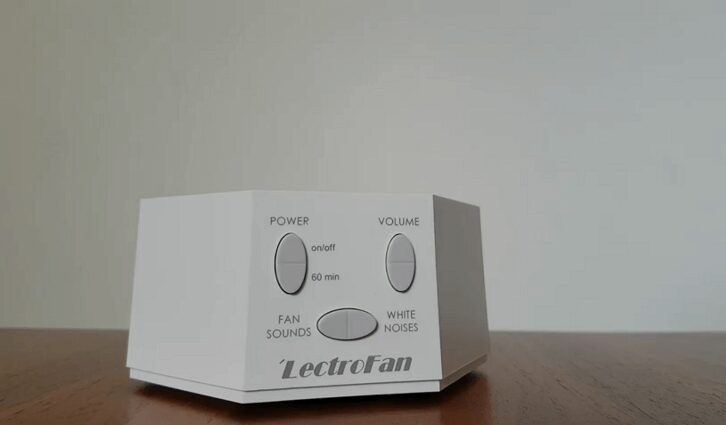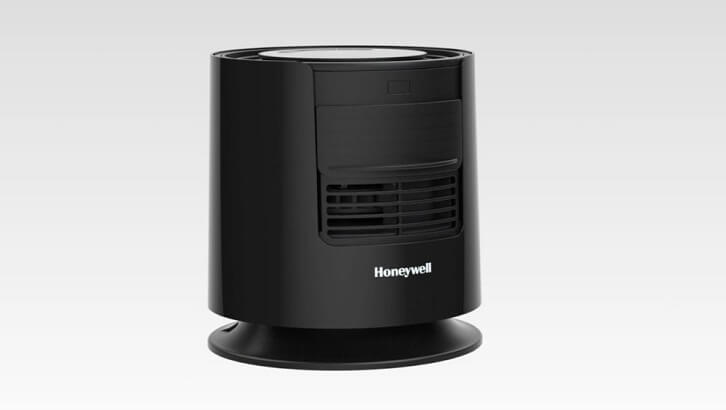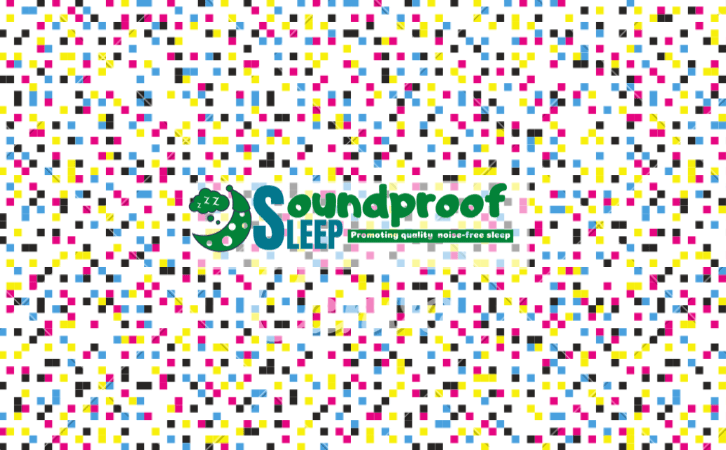If you have used a fan, air conditioner, calming music, nature sounds, or sound machines to help you sleep, then you are not alone. There are several people, including me, who without a consistent, comforting, and familiar sound would find it hard to doze off. While it may sound counterintuitive to use sounds to help you sleep, different studies have shown this works.
So, what is the science behind why some people need a little background noise to help them sleep?
The Power of Sound to Help you Sleep Better
The reason why some people need some form of background noise to sleep is that background noise can be useful in blocking out other unwanted noise. The human brain is always picking up and deciphering anything that catches its attention. Whether it is the dogs barking or your neighbor turning up his home theatre system, the sudden change in the sound level will jolt you awake.
Background noise from whirling fans, air conditioners, or sound machines, does not lock out the sudden noise that wakes you up. However, what background noise does is drown or mask these sudden/disruptive sounds so they are less obvious to you. Background noise should be steady, unpredictable, and unrepetitive so it can get our attention without requiring any real focus.
Apart from helping someone to sleep, background noise can also help you fall asleep faster in case of any interruptions. This improves the quality of sleep, and you wake up more refreshed.
Which Type of sound is Best to Help you Sleep
There are different background sounds you can listen to for better sleep. When selecting which sound to pick it is best to try each for a few nights before selecting the right one. Below are some of the background sounds worth looking at.
White noise
White noise is a “color” of noise, so is pink noise and brown noise. White noise is a combination of all noise frequencies in the audible frequency range, which is 20 Hz to 20000 Hz. For white noise, the sound energy is equally distributed across the audible frequency range, which creates a steady humming sound.
Many background noises like a whirling fan, air conditioner sound, or television static have been associated with white noise. While these sounds are similar to white noise, they are not the same. However, if they sound good to you and help you sleep, that is what matters.

Because white noise includes all frequencies in the audible range, it has a better ability to mask other sounds. It is the most popular of all sound colors, and most sleep applications include it. There are also a ton of white noise generators in the market, including white noise fans and popular white noise sound machines like the Adaptive Sound Technologies LectroFan.
Pink noise
As the saying goes, “Pink noise is the new white noise.”
Pink noise is like white noise. However, pink noise has more power in the low frequencies and fewer high frequencies. Pink noise is not exactly like sounds from nature, but it sounds like falling rain or gentle ocean waves.
Because fewer high frequencies and more power in the lower frequencies, pink noise is soft and calming to the human ear. Like white noise, it also can mask distracting sounds and help you sleep better.

There are many mobile applications and youtube videos that showcase pink noise you can try out. The Honeywell’s DreamWeaver Sleep Fan is a good bedside fan that also doubles up as a pink noise generator.
Brown noise
Brown noise, also called Brownian noise or red noise is named after Robert Brown, the guy who discovered Brownian motion, which creates the sound.
Brown noise is essentially white noise stripped of more high frequencies and pink noise with more lower frequencies. A better explanation would be, Brown noise is pink noise with less high frequencies and more lower frequencies but stronger.
Sounds comparable to brown noise include strong wind sound, strong waterfall, or thunder. Though brown noise is deeper
For clarification, Brown noise is not a Brown note, which is a hypothetical infrasonic sound frequency that is said to cause humans to lose control of their bowels due to resonance and make them feel the need to defecate.
Nature Sounds
Nature sounds like calming ocean waves, gentle chirping of birds, trickling raindrops, or even powerful roar and thunderstorms are enjoyable and soothing to many people. The rising and falling in intensity and a pleasant pitch of these sounds is what makes natural sounds relaxing. The use of natural sounds for sleeping is not new.
Natural sounds have long been associated with relaxation and overall well-being for many years. When selecting a nature sounds app or machine, make sure the sounds are constant because a random disruptive change can awake you.
Calming Music
Listening to instrumentals of different songs without lyrics may help you sleep better. For better results, listen to soft, mellow music without thumping sudden bass that can keep your mind active. Some of the genres you can your instrumentals from include smooth jazz, classical, binaural beats, folk, or gregorian chants.
Wrapping Up
There are many ways you can try to sleep better at night. You can exercise daily, sleep on a comfortable mattress, soundproof your bedroom, or try background noise. Background noise is not only a proven way to help people sleep better, but it is an affordable and simple way to try out.
Have you tried background noise to get better sleep? Comment below with your experience or thoughts on this topic.

